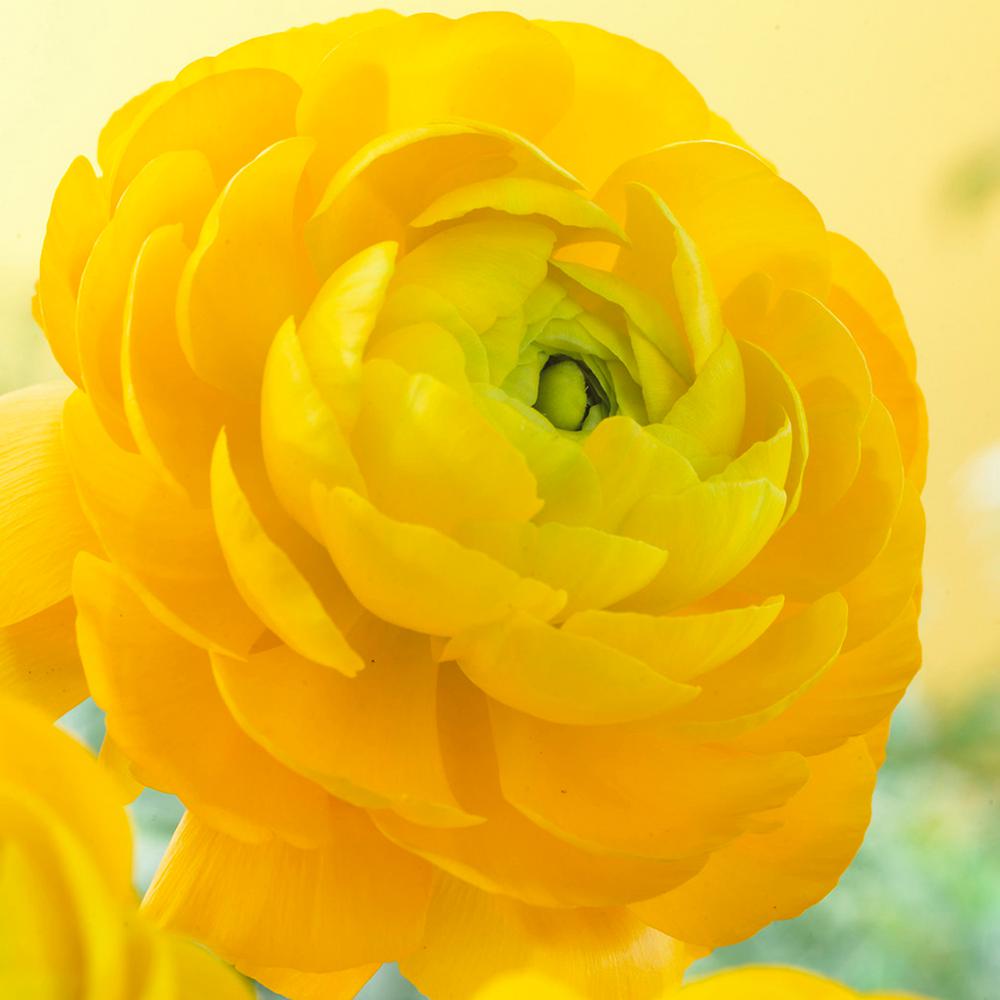


They will not do well in heavy, soggy soil.
BUTTERCUP FLOWER BULBS FULL
Still, it’s well known that by covering the corms with a good mulch, you can keep them alive in zones 6 and 7 and sometimes even zones 5 for certain varieties such as “Nanus Hybrids.” In colder zones, most gladioli corms should be dug up in the fall, stored, and replanted the following springįor the best blooms, plant glads in full sun (6 to 8 hours of sunlight per day) in well-drained soil that’s moderately fertile. The accepted hardiness zone for the classic Grandiflora gladioli (your typical garden glad) is zone 8. The most common gladioli typically reach between 2 and 5 feet in height, sporting flowers ranging in size-from “miniature” blooms less than 3 inches in diameter to “giant” flowers greater than 5 inches across! The taller varieties, which need to be staked, are often placed in the back of a garden to complement shorter plants nicely. Part of the iris family (Iridaceae) and commonly known as “glads,” these lovely flowering plants are available in a multitude of colors and sizes-from the smaller hybrids that fit perfectly in containers to the large-flowered Grandiflora hybrids, which send out huge spikes of blooms in a range of colors.
BUTTERCUP FLOWER BULBS HOW TO
Here’s how to grow gladioli in your garden. The gladiolus is a classic perennial known for its tall flower spikes and large, colorful blooms! A great cutting flower, the gladiolus looks spectacular in summer bouquets.


 0 kommentar(er)
0 kommentar(er)
